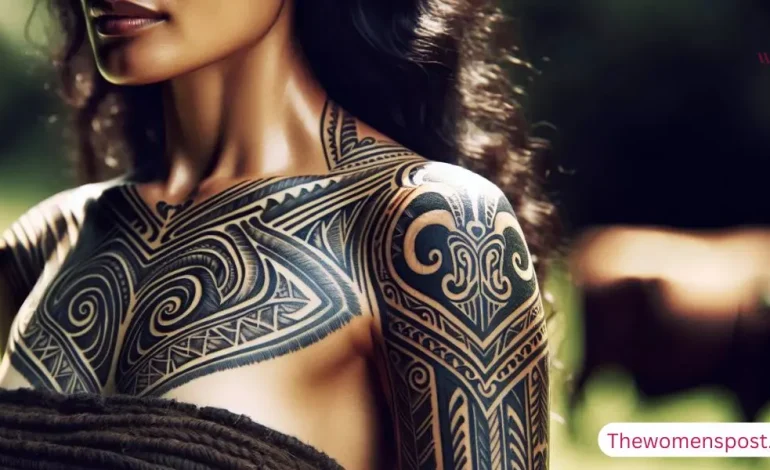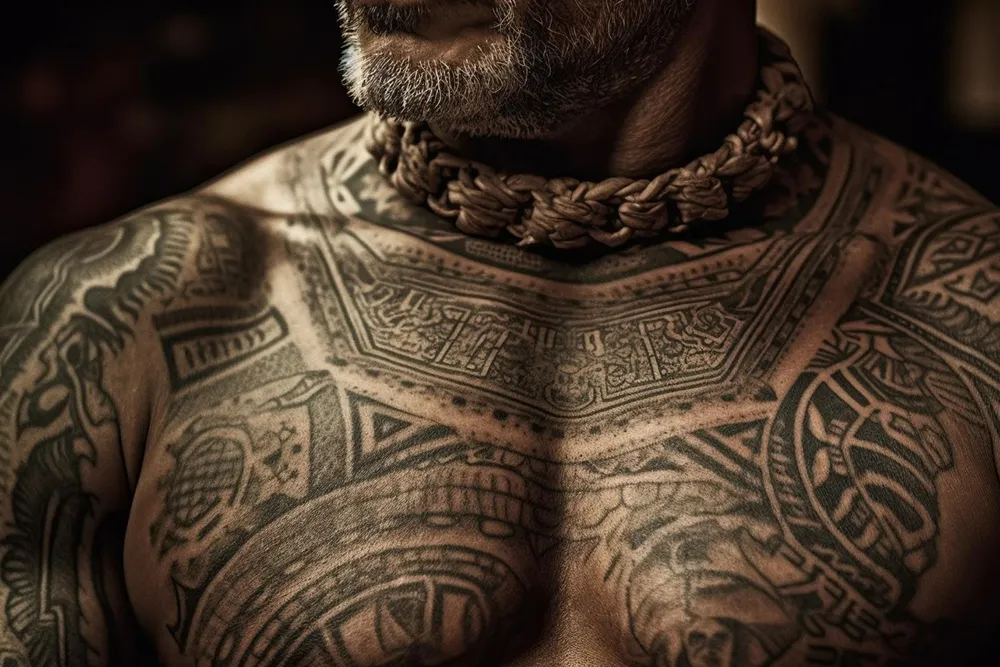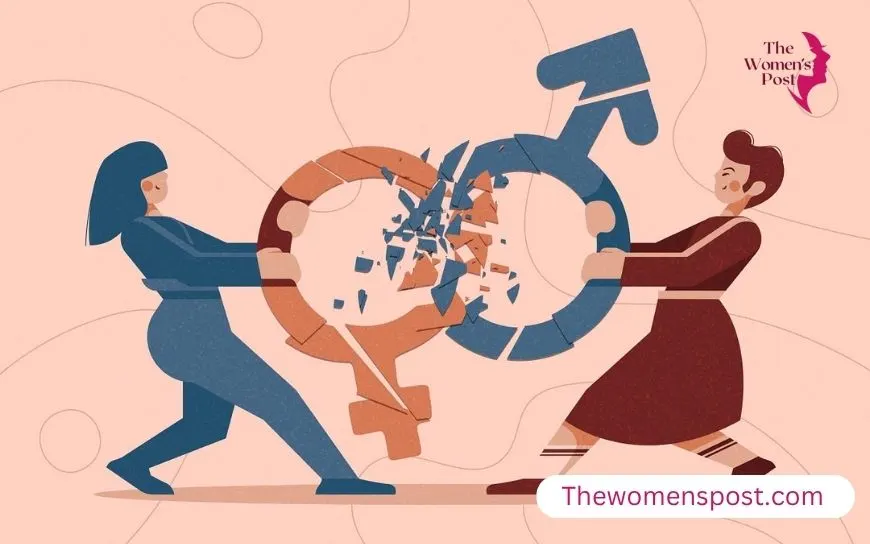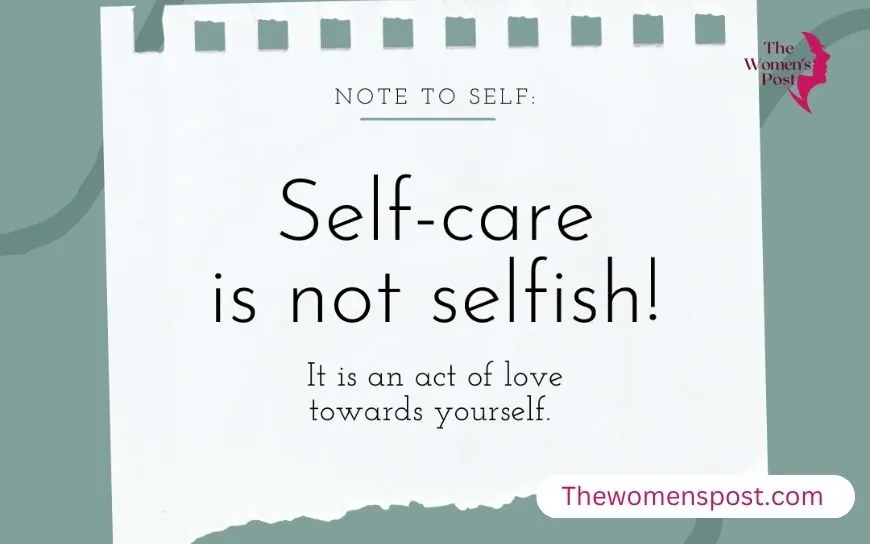Female Tattoo Artists As Cultural Storytellers

When skin becomes a canvas, it is in this world that female tattoo artists become the quiet revolutionaries. They do not just draw lines and shapes; they etch stories of heritage, pain, joy, and survival right into flesh through tattoo storytelling. These women turn ink into whispers from the past, helping people carry their culture like a badge of honor. From ancient rituals under starry skies to bustling studios today, female tattooers have always been more than artists. They are keepers of tales, bridges between generations, and voices for the silenced. Their work reminds us that a tattoo is never just pretty-it’s a living history of tattoo storytelling.
Ancient Roots of Tattoo Storytelling

Also read: Female Muralists Revitalizing Urban Landscape
Long before electric needles buzzed in shops, women inked their stories across the globe. Picture this: thousands of years ago in ancient Egypt, a mummy named Amunet bore tiny dots on her body, marks of fertility and protection. Archaeologists later found similar tattoos on the 5,000-year-old “Gebelein Woman,” showing how early females used ink for healing and spiritual power. In Polynesia and among Native American tribes, women tattooed chins and hands as rites of passage, symbols of strength for childbirth or hunting.
These weren’t random designs; each line told a family legend or tribal law, passed down like oral songs but worn forever. Colonizers and missionaries stamped out many of these practices, calling them savage. Yet, the ink endured on mummified skin, waiting for daughters to reclaim it. That revival feels like a gentle roar today, with women leading the charge to heal old wounds through new marks and tattoo storytelling.
Pioneers in the Early 1900s Western Tattoo Scene
Fast-forward to the early 1900s, when Western tattooing was a man’s world-gritty, tattooed sailors, and carnival barkers ruled the scene. But fierce women crashed the party. Maud Wagner was born in 1877 and became America’s first known female tattoo artist around 1907. She traded a kiss for an apprenticeship with a traveling tattooer named Gus, then built her own career in circuses inking bold flowers and dragons on eager crowds.
Maud didn’t just tattoo; she swapped stories with her clients-turned friends, making each session a shared adventure. Her daughter Lovetta followed suit, keeping the family legacy alive. Across the ocean in Britain, Jessie Knight opened one of the first studios run by a female in 1921. With her wild curls and cigarette in hand, she inked sailors and socialites alike, mixing sailor motifs with personal tales of resilience. These were pioneers who received sneers-women with needles? How unbecoming! But they didn’t let this deter them from standing their ground, proving ink could empower as much as it decorated through tattoo storytelling.
The Tattooed Ladies of Sideshows
Next came the “tattooed ladies” of the sideshows, such as Mildred “Millie” Hull and Betty Broadbent. These women covered their bodies in intricate scenes-dragons chasing maidens, hearts pierced by arrows-and performed for amazed audiences. But beneath the spectacle, their tattoos told deeper tales. Millie, who started in the 1920s, inked over 300 designs on her body, one for every chapter of her life of travel and tough breaks. They were not just exhibits but storytellers during those times when women’s voices were hushed. By sharing their marked skin, they challenged the status quo by saying, “Look at me, all of me-scars, dreams, and all.” This era planted seeds for today’s artists, showing how tattoos could flip shame into pride through tattoo storytelling.
Modern Female Tattoo Artists and Cultural Depth

Also read: Women Photographers Chronicling Cultural Changes
Now, in modern studios from Phoenix to Greenland, women tattoo artists supercharge this tattoo storytelling with cultural depth. Many draw from their Indigenous roots, reviving traditions that nearly vanished into the pages of history. Take Missy Mahan, a Southern Arizona-born Tohono O’odham woman with Yuchi and Muscogee relations. Her tattoos are not some glamorized trend but sacred maps of her people’s land, animals, and spirits.
Missy marries old symbols-like desert flowers for endurance-with the personal journeys of her clients, creating pieces that feel as intimate as whispered prayers. She co-owns Desert Bloom Tattoo, where sessions often morph into talks about identity and healing. “It’s about carrying your ancestors with you,” she says, turning skin into a timeline of survival. All in all, how women tattoo artists preserve cultural heritage is evident in her work.
Spotlight on Josephine Pakootas
Further south, Josephine Pakootas of the Colville Tribe in Washington weaves basketry patterns and creation myths into her art. Self-taught after learning from her grandmother, she started tattooing at 19. Her designs tell tribal tales, like salmon runs symbolizing life’s flow, or honor missing Indigenous women, turning grief into quiet activism. Josephine researches each tribe’s symbols, making custom tattoos that feel like family heirlooms. “It’s storytelling on skin,” she says, creating safe spaces where clients share secrets and leave stronger. Female tattoo artists sharing cultural stories through ink is her strength.
Apo Whang-Od: A Living Legend
On the other side of the Pacific, 106-year-old Apo Whang-Od from the Philippines continuously taps ancient Kalinga patterns with thorns and charcoal. The last of her generation, she tattoos curving lines meaning bravery or fertility, passed down since her teen years. Tourists flock to her village, but she teaches apprentices-mostly women-to keep this craft alive. Every tap tells the story of her people, a warrior history with scarring, proof that age does not quell the fire of a storyteller. Through her, stories of women in the tattoo world continue to inspire.
What Makes These Artists True Storytellers
What makes these artists the real storytellers? The power they give back. In a world so fast with trends that last only for a second, their ink slows down time as it always allows the wearers to touch their roots anytime. They challenge beauty standards-think bold chin lines defying magazine covers-and spark conversations. A tattoo from Josephine might start a chat about tribal resilience, and Maya’s dots could lead to lessons on Inuit survival. They empower other people to own their stories, especially young girls, without any apologies. Yet challenges linger.
Some face cultural gatekeeping or commercial pressures to “go trendy.” But they push on, mentoring the next wave. As tattooing grows—more women than men now get inked—these artists ensure it’s not just art, but legacy. In the end, female tattoo artists like Missy, Maya, and their pioneering sisters prove ink is mightier than silence. They turn bodies into books, pages of culture that can’t be burned or forgotten. Through their needles, stories live on-vibrant, vital, and unbreakable. Who knows what tales they’ll tell next? One prick at a time, the future looks deeply marked.









